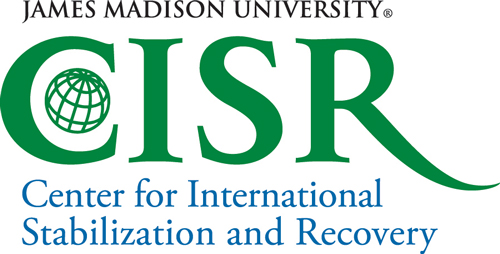Document Type
Article
Publication Date
2008
Abstract
The inadequacy of data collection on landmine victims was recognized from the earliest years of the AP Mine Ban Convention2 implementation process. Significant sums of money were invested by the international mine action donor community in the development of an Information Management System for Mine Action (IMSMA) and in the execution of Landmine Impact Surveys (LIS), with the goal of obtaining and processing needed information on landmine accidents and victims as well as other information about the presence of landmines. These tools have assisted countries to collect and manage information about landmine and other Explosive Remnants of War (ERW) contamination but have not solved the problem of insufficient data because that problem is multi-faceted and intertwined with other national economic and political development challenges.
This Landmine Casualty Data: Best Practices Guidebook reports on advances being made in casualty data collection and management and offers lessons learned that countries can reflect upon as they undertake the challenging task of building mine/ ERW victim information systems that meet their needs for data to use in planning and implementing their comprehensive mine action programs, including mine clearance, mine risk education and victim assistance. While the Guidebook is premised on the advances being made in some countries, much more progress is needed before effective landmine/ERW victim information systems will be operating in all mine-affected countries. It is important to share the successes and benefit from the lessons learned.
Recommended Citation
CISR, "Landmine Casualty Data: Best Practices Guidebook" (2008). CISR Studies and Reports. 3.
https://commons.lib.jmu.edu/cisr-studiesreports/3



